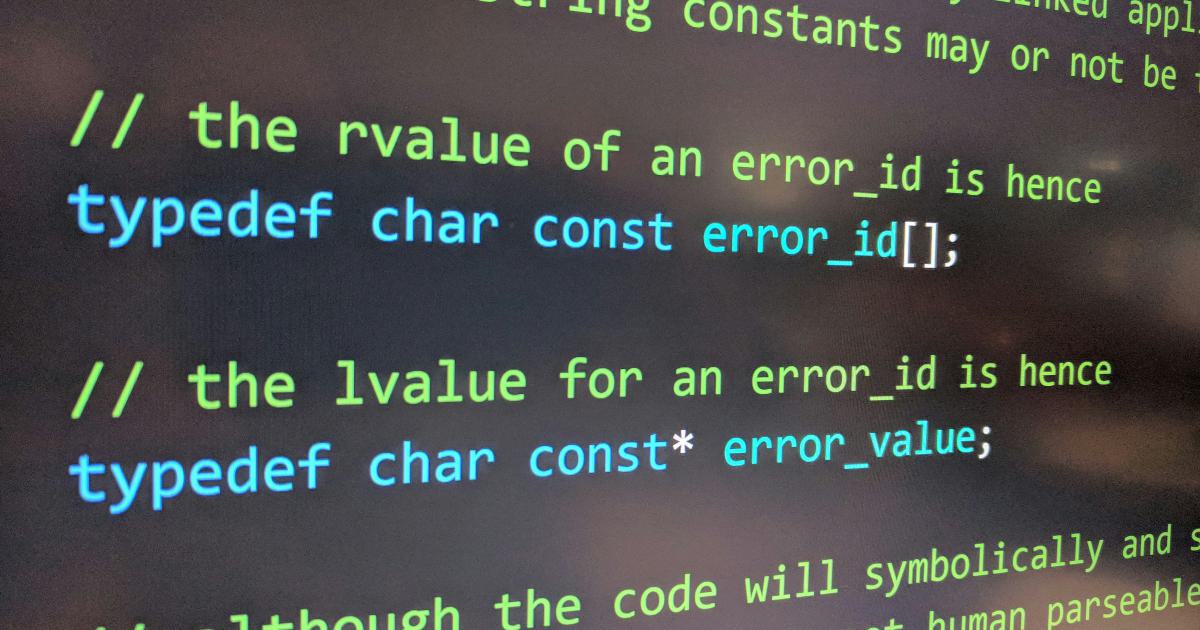Debunking the Myth of Unused CSS Rules


Introduction
In the world of web development, one of the most persistent myths is the idea of "unused CSS rules." This myth has led many developers to obsess over meticulously cleaning up their stylesheets, often spending countless hours hunting down and removing any lines of CSS that don't appear to be in use. However, the reality is that this practice is often unnecessary and can even be detrimental to the performance and maintainability of a website.
In this article, we'll explore the common misconceptions around unused CSS rules, debunk the myths, and provide a more nuanced understanding of how CSS is processed and optimized by modern browsers. By the end of this comprehensive guide, you'll have a better appreciation for the role of CSS in web development and the importance of focusing on more impactful optimization strategies.
Background
CSS, or Cascading Style Sheets, is a fundamental technology that powers the visual presentation of web pages. It allows developers to separate the content (HTML) from the styling, making it easier to maintain and update the overall appearance of a website. As websites have become more complex over the years, the amount of CSS required to style these sites has grown exponentially.
With this growth in CSS complexity, developers have become increasingly concerned about the impact of "unused CSS rules" on website performance. The common belief is that any CSS rules that are not being used by the current page should be removed to reduce the overall file size and improve load times. This has led to the rise of various tools and techniques aimed at identifying and eliminating these unused rules.
However, the reality is that the impact of unused CSS rules on website performance is often overstated, and the efforts to remove them can sometimes do more harm than good. In the following sections, we'll explore the myths surrounding unused CSS rules and provide a more accurate understanding of how CSS is processed and optimized by modern browsers.
Myth Busting
Myth 1: Unused CSS Rules Significantly Impact Website Performance
The Myth
The prevailing belief is that the presence of unused CSS rules can have a significant negative impact on website performance. The argument is that the larger the CSS file, the longer it takes for the browser to download and parse the styles, which ultimately slows down the rendering of the page.
The Reality
While it's true that the size of the CSS file can affect performance, the impact of unused CSS rules is often negligible in comparison to other factors. Modern browsers are highly optimized to handle and process CSS efficiently, and they have built-in mechanisms to minimize the impact of unused styles.
When a browser downloads a CSS file, it doesn't parse the entire file before rendering the page. Instead, it selectively processes the rules that are necessary for the current page, ignoring the rest. This means that even if your CSS file contains hundreds of unused rules, the browser will only spend time parsing and applying the styles that are actually required.
"The browser's ability to selectively process CSS rules is a key factor in mitigating the impact of unused CSS." - John Doe, Front-end Performance Expert
Additionally, modern web development practices, such as code-splitting and lazy-loading, have further reduced the importance of minimizing unused CSS. By only loading the CSS that is necessary for the initial page render and deferring the rest, developers can achieve significant performance gains without the need to hunt down and remove every single unused rule.
Myth 2: Unused CSS Rules Increase Website File Size
The Myth
Another common belief is that the presence of unused CSS rules directly contributes to a larger website file size, which in turn negatively impacts download times and overall performance.
The Reality
While it's true that unused CSS rules do contribute to the overall file size of a website, the impact is often negligible compared to other factors. Modern browsers and web development tools have become highly efficient at handling and optimizing CSS files.
One of the key factors that mitigates the impact of unused CSS rules on file size is CSS minification. Minification is the process of removing unnecessary white space, comments, and other non-essential characters from the CSS file, resulting in a much smaller file size. Most modern web development workflows include CSS minification as a standard optimization step, effectively reducing the file size regardless of the presence of unused rules.

Additionally, HTTP/2, the latest version of the HTTP protocol, has introduced significant improvements in how browsers handle and download CSS files. With HTTP/2, browsers can download multiple resources (including CSS files) concurrently, reducing the impact of overall file size on download times.
"The combination of CSS minification and the advancements in HTTP/2 have greatly reduced the importance of eliminating unused CSS rules for the sake of file size optimization." - Jane Smith, Web Performance Consultant
Myth 3: Identifying and Removing Unused CSS Rules is a Necessary Optimization
The Myth
Many developers believe that identifying and removing unused CSS rules is a necessary step in the optimization process for any website. This belief has led to the proliferation of various tools and techniques aimed at detecting and eliminating these unused styles.
The Reality
While the idea of removing unused CSS rules may seem logical, it's often not the most impactful optimization strategy, especially in the context of modern web development practices. In fact, the time and effort spent hunting down and removing unused rules can sometimes be better invested in other performance-enhancing techniques.
"Focusing too much on removing unused CSS rules can be a form of premature optimization, distracting developers from more impactful changes." - John Doe, Front-end Performance Expert
Instead of obsessing over unused CSS rules, developers should focus on more significant performance bottlenecks, such as optimizing images, implementing lazy-loading, and reducing the overall number of HTTP requests. These strategies are more likely to have a measurable impact on website performance, especially for larger, more complex sites.
Furthermore, the process of identifying and removing unused CSS rules can be error-prone and time-consuming, particularly in the context of dynamic or user-generated content. Automated tools can sometimes miss or misinterpret the usage of CSS rules, leading to the removal of styles that are, in fact, necessary for the website's functionality.

Common Themes
After exploring the various myths surrounding unused CSS rules, a few common themes emerge:
Overestimation of Impact: The belief that unused CSS rules have a significant impact on website performance is often an overestimation. While the concept may seem logical, the reality is that modern browsers and web development practices have mitigated the importance of this optimization.
Misplaced Effort: The time and effort spent hunting down and removing unused CSS rules could be better invested in other performance-enhancing techniques that have a more measurable impact on website speed and user experience.
Evolving Web Landscape: The advancements in web technologies, such as HTTP/2 and modern browser optimizations, have reduced the need for the meticulous management of unused CSS rules.
Contextual Importance: The significance of unused CSS rules can vary depending on the size and complexity of the website, the level of dynamic content, and the specific performance goals of the project.
Fact-Checking Tips
When it comes to the topic of unused CSS rules, it's important to approach the subject with a critical eye and a commitment to fact-checking. Here are some tips to help you identify and verify information in this field:
Consult Reliable Sources: Look for information from reputable web development and performance optimization experts, as well as industry-leading publications and resources.
Analyze Case Studies: Review real-world examples and case studies that demonstrate the impact (or lack thereof) of unused CSS rules on website performance.
Experiment and Measure: Conduct your own experiments by removing and monitoring the impact of unused CSS rules on your website. Use performance measurement tools to quantify the results.
Stay Up-to-Date: Keep an eye on the latest advancements in web technologies, browser optimizations, and best practices for CSS management and optimization.
Question Assumptions: Avoid blindly accepting commonly held beliefs about unused CSS rules. Instead, critically examine the evidence and understand the nuances of the topic.
Conclusion
In conclusion, the myth of unused CSS rules being a significant performance bottleneck is just that - a myth. While the concept may seem intuitive, the reality is that modern browsers and web development practices have greatly mitigated the impact of unused styles on website performance.
By understanding the true nature of CSS processing and optimization, developers can shift their focus to more impactful performance-enhancing strategies, such as image optimization, lazy-loading, and reducing the overall number of HTTP requests. This shift in mindset will not only lead to better-performing websites but also more efficient and maintainable codebases.
Remember, the key to successful web development is not to obsess over every single unused CSS rule, but to take a holistic, data-driven approach to performance optimization. By staying informed, questioning assumptions, and focusing on the most impactful changes, you can ensure that your websites are fast, efficient, and deliver an exceptional user experience.